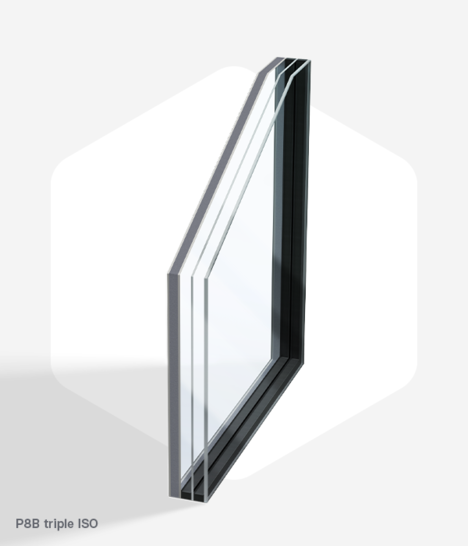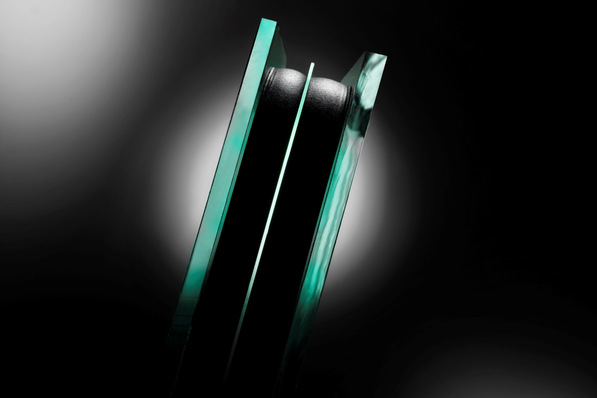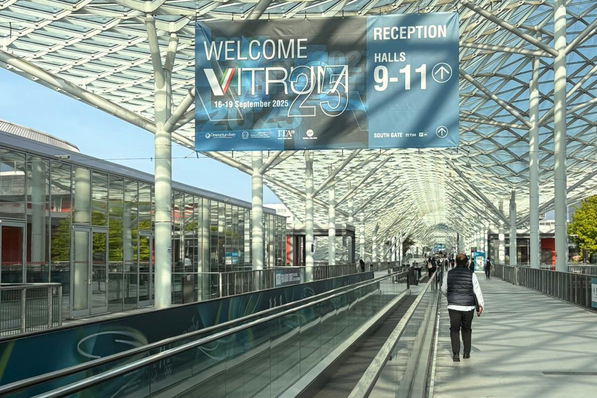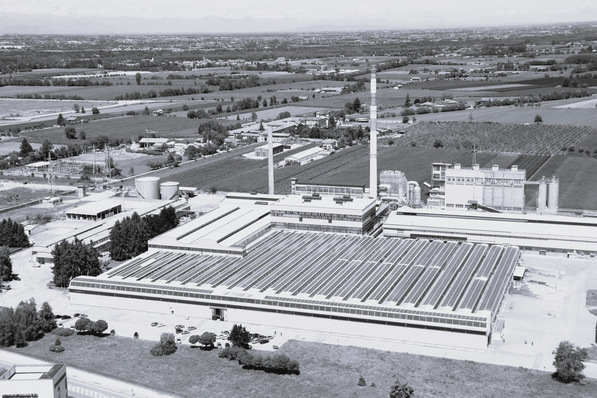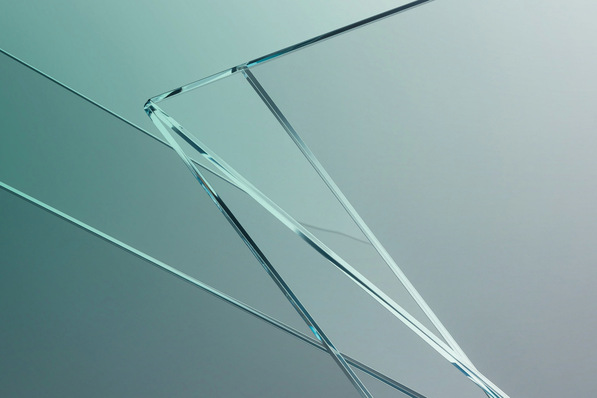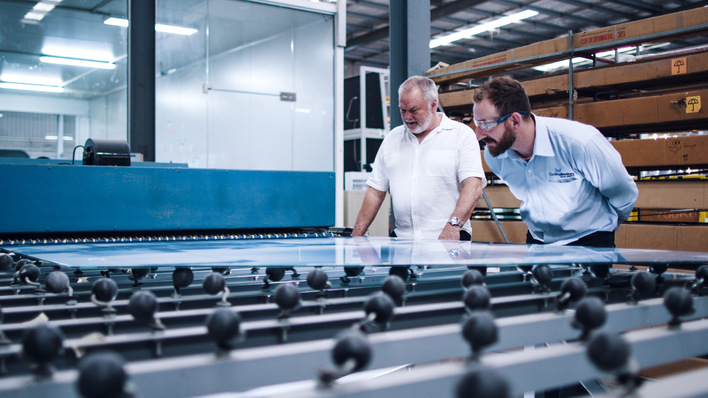Currently, the market is registering an increasing demand for thin and light high-security glass according to the motto "the thinner, lighter and safer, the better". Originally, this demand came from the construction of showcases for museums, etc. There, in addition to maximum security, the necessary aesthetics and an excellent appearance are also required.
In order to meet the increasing requirements, Sicurtec has invested more than 1 million euros in a completely new production technology for the bonding of polycarbonate and float glass (soda-lime glass). The new technology should set further benchmarks, according to the vision and drive of the specialists at Sicurtec, who carry out their development work without research contracts or government subsidies.
Within the framework of several years of research and development work, a product range was created with Sicurtec_Slim that surpasses everything conventional in terms of safety, weight and thickness, according to Michael Ahlborn, Managing Director of Sicurtec Laminatglastechnik GmbH.
What is behind Sicurtec_Slim?
Sicurtec_Slim is a very thin and extremely light safety glass to protect people and valuables inside buildings. The aim of the developers was to be able to protect valuables, e.g. in jewellers' shops, museums and private homes, absolutely securely, whereby the laminated glass is visually unobtrusive. At the same time, the product can be options, such as alarm loops.
See also: Seven answers for safety and security glass
The new Sicurtec_Slim product range is tested and certified according to DIN EN 356 and achieves very good values in all relevant resistance classes, says Michael Ahlborn. The new glasses are 40 per cent thinner and lighter than the proven Sicurtec_Attack polycarbonate glasses and up to 73 per cent lighter than conventional bullet-proof glass.
Burglary-proof from 7 mm
The new laminated safety glass made of glass and polycarbonate already achieves the PA5 class in burglary resistance from a thickness of 7 mm. In the corresponding test, a glass has to be able to withstand nine impacts of a 4 kg steel ball from a height of 9 metres. No problem for Sicurtec_Slim, which is 40 per cent thinner and lighter than standard LSG.
In addition, the 7 mm thin glass withstood 26 blows (each 350 Nm) with an automatic axe. For comparison: According to Sicurtec's internal tests, a person can only achieve 150 - 200 Nm per axe blow using his own strength. Furthermore, a P6B glass pane is possible from 10 mm and 17 kg/m2 and a P8B from 14 mm and 22 kg/m2, which is an absolute benchmark on the world market.

Silartec
Thin triple insulating glass with P8B resistance class
Based on Sicurtec_Slim glass, Sicurtec's development department has produced a triple insulating glass of the highest resistance class P8B (according to DIN EN 356) with a weight of 37 kg/m2 and a thickness of 36 mm, which achieves a U-value of 0.6 W/(m2 K). This allows the use of slimmer frame systems and simplifies the handling of the building elements equipped with it.
Furthermore, Sicurtec_Bulett, a thin bullet-proof polycarbonate glass, has been optimised in terms of weight and thickness. According to the supplier, it is the thinnest and lightest safety glass on the European market and offers protection against large calibres and even armour-piercing ammunition. Areas of application include police stations, ministries, embassies and private residences.
How does the glass perform in the various resistance classes?
In the resistance class BR4-NS (NS = NoSpall, no shattering) according to DIN 1063, Sicurtec has succeeded in producing a glass pane with only 23 mm and 45 kg/m2. This represents an overall advantage of up to 68 per cent compared to bullet-proof glass.
The new BR6-NS according to DIN EN 1063 (calibre 7.62 × 51) also delivers very good values with a thickness of only 36 mm and 78 kg/m2, which means a saving of 50 per cent. Especially in this category, the market is experiencing an enormous increase in demand.
In addition to an optimised BR7-NS (Nato calibre, hard core) with 75 mm thickness, a glass pane with only 63 mm thickness and approx. 125 kg/m2 weight has now been positively tested and certified.
What does the future hold?
And the development work continues: currently in the direction of curved thin glass products as well as safety glass in connection with VdS-certified alarm glass.
According to Michael Ahlborn, the tests have been positive so far, and now the corresponding DIN EN tests are pending.







